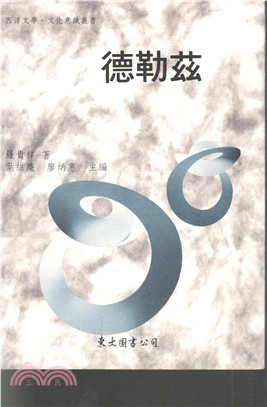Pacific Thunder ─ The US Navy's Central Pacific Campaign, August 1943-October 1944
- ISBN13:9781472821843
- 出版社:Osprey Pub Co
- 作者:Thomas McKelvey Cleaver
- 裝訂/頁數:精裝/336頁
- 規格:24.1cm*16.5cm*3.8cm (高/寬/厚)
- 出版日:2017/07/18
商品簡介
On 27 October 1942, four “Long Lance” torpedoes fired by the Japanese destroyers Makigumo and Akigumo exploded in the hull of the aircraft carrier USS Hornet (CV-8). Minutes later, the ship that had launched the Doolitte Raid six months earlier slipped beneath the waves of the Coral Sea 100 miles northeast of the island of Guadalcanal and just north of the Santa Cruz Islands, taking with her 140 of her sailors. With the loss of Hornet, the United States Navy now had one aircraft carrier left in the South Pacific, USS Enterprise (CV-6), herself badly damaged in the two previous days of the Battle of Santa Cruz, the fourth Japanese–American carrier battle since the Battle of the Coral Sea five months and three weeks before. Of the prewar carrier fleet the Navy had struggled to build over 15 years, only three were left: Enterprise licked her wounds at Espiritu Santo while USS Saratoga (CV-3) lay in dry dock at the Bremerton Navy Yard, victim of a Japanese submarine torpedo two months earlier. USS Ranger (CV-4) was in mid-Atlantic on her way to support Operation Torch, the invasion of North Africa.
For the American naval aviators, it would be difficult to imagine that within 24 months of this event, Zuikaku, the last survivor of the Imperial Japanese Navy aircraft carriers that had attacked Pearl Harbor, would lie at the bottom of the Philippine Sea north of Cape Engano on the island of Luzon, alongside the other surviving Japanese carriers, sacrificed as lures in a failed attempt to block the American invasion of the Philippines after the Imperial Japanese Navy's aviators had been destroyed as a viable fighting force in the Battle of the Philippines Sea, and that the United States Navy's Task Force 38, composed of 16 fleet carriers, would reign supreme on the world's largest ocean.
Ten months after the loss of Hornet at Santa Cruz, an entirely new fleet of aircraft carriers would begin to make their presence known in the Pacific, starting with a raid by USS Essex (CV-9), class leader of the largest and most important class of capital ships ever built, and USS Lexington (CV-16), namesake of the carrier sunk at Coral Sea, against the Japanese-held island of Marcus. Fourteen months later, the islands of the south and central Pacific would be under American domination, led by the ships of the Fast Carrier Task Force, which would cement their position as the strongest naval fighting force ever to set sail, in the largest naval battle of history.
The fourteen months of the Central Pacific Campaign constitutes the most successful naval campaign ever undertaken and Pacific Thunder will put all elements of this campaign into historical context.
作者簡介
主題書展
更多主題書展
更多書展本週66折
您曾經瀏覽過的商品
購物須知
外文書商品之書封,為出版社提供之樣本。實際出貨商品,以出版社所提供之現有版本為主。部份書籍,因出版社供應狀況特殊,匯率將依實際狀況做調整。
無庫存之商品,在您完成訂單程序之後,將以空運的方式為你下單調貨。為了縮短等待的時間,建議您將外文書與其他商品分開下單,以獲得最快的取貨速度,平均調貨時間為1~2個月。
為了保護您的權益,「三民網路書店」提供會員七日商品鑑賞期(收到商品為起始日)。
若要辦理退貨,請在商品鑑賞期內寄回,且商品必須是全新狀態與完整包裝(商品、附件、發票、隨貨贈品等)否則恕不接受退貨。
























